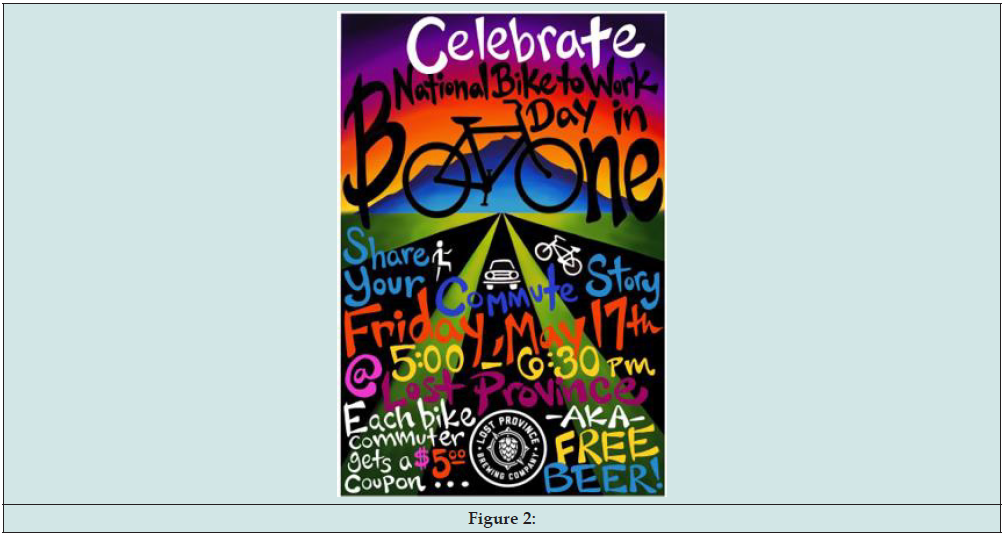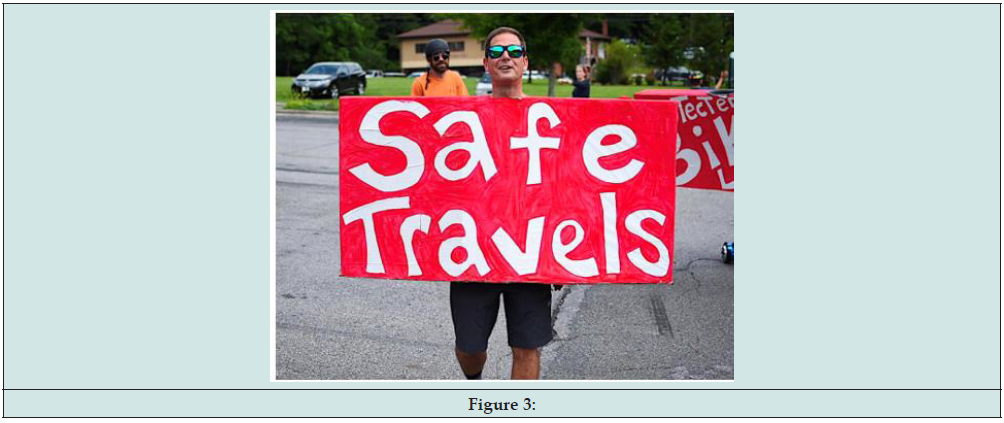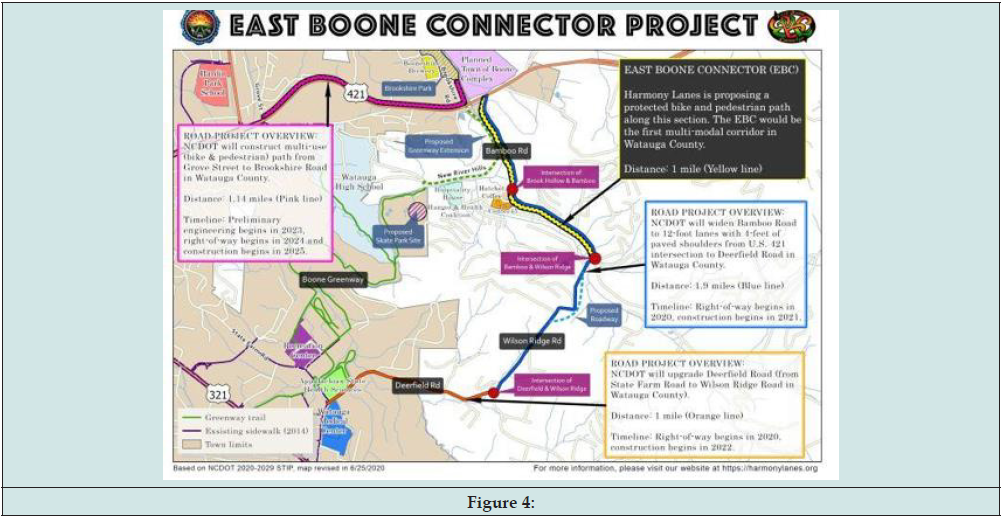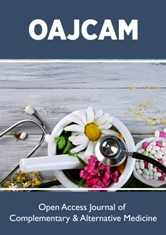
Lupine Publishers Group
Lupine Publishers
Menu
ISSN: 2644-1217
Review ArticleOpen Access
Multi-Modal Paths in Rural Appalachia to Improve Local Transportation Opportunities: a Case Study Volume 4 - Issue 1
Jennifer Schroeder Tyson1*, Dave Freireich2, Dabney Smith3 and Abby Cope4
1Lecturer of Public Health in the Department of Public Health and Exercise Science, Appalachian State University and JSTrategies, Founder and Consultant, Board Member for Harmony Lanes
2Board Chair and Co-founder, Harmony Lanes
3Board Member and Co-founder, Harmony Lanes
4Student of Public Health and Global Studies, Appalachian State University
Received: August 2, 2021 Published: August 10, 2022
*Corresponding author: Jennifer Schroeder Tyson, Department of public health, Appalachian State University, 1179 State Farm Rd, Boone, NC 28607, USA
DOI: 10.32474/OAJCAM.2022.04.000180
Abstract
Transportation is a public health problem in the rural Appalachian region of the United States. Furthermore, access to outdoor physical activity facilities and transportation to schools is limited and difficult to establish. This case study aims to highlight assets and problems sur-rounding transportation in rural Appalachia and how advocacy for multi-modal lanes can be beneficial to address the important need to improve transportation. Improving multi-modal forms of transportation can provide many benefits within a community and can positively impact different populations. If we improve transportation, all health outcomes change. Additionally, new growth by way of multi-modal transportation creates demand for new housing, business, and community. Harmony Lanes is a local non-profit in rural Northwestern North Carolina formed to fulfill a mission: “Create safe, inclusive multi-modal infrastructure.” Their purpose is to identify what worked in the past so that we (and others) can aim to replicate those steps in order to be successful. This case study examines the timeline and actions taken to organize people, the community, and leaders to make a small change in transportation to improve rural mobility in the Appalachians.
Keywords: Transportation; Multi-modal; Public Health; Rural; Appalachian; Collective Impact
Introduction and Background
Many assets and problems surround transportation in rural Appalachia. Having multiple methods of transportation can better serve a diverse population and their needs. Some common problems with transportation in rural areas include:
a. Terrain is complex and therefore transportation routes can be impeded and diffi-cult to develop.
b. Lack of connectivity between businesses, schools, recreation centers, and other community happenings.
c. Lack of options to get from one place to another.
d. Low rates of employment.
e. Strategy is often an afterthought.
f. US culture values four-wheel vehicle transportation.
g. Risks are high around transportation [1].
Improving multi-modal forms of transportation can provide many benefits within a community and can positively impact different populations [2]. Community involvement is more accessible for older adult populations, and there is an increased geographic area where they can live and still have that access [3]. Local businesses expand the number of people that can shop or dine at their establishments, and it provides more opportunities for people to work at these businesses [4]. Additionally, there are associations between active commuting and cardiovascular disease, cancer, and overall mortality [5]. Improving transportation also increases equity within a community, as people of a low socioeconomic status and individuals with disabilities have increased access to work and engage within the community [3]. Additionally, there are many factors that benefit all populations:
a. Decrease in congestion of roads.
b. Aids in managing a growing population.
c. Decreases commute times.
d. Increases parking opportunities.
e. Improved road safety.
f. Environmental benefits from reduced emissions [1].
There are great economic impacts associated to multi-modal paths. Evaluating the Economic Impact of Shared Use Paths in North Carolina (2018) was prepared by the In-stitute for Transportation Research and Education at North Carolina State University with Alta Planning and Design. The study looked at four greenways and found:
a. An impact of $19.4 million in total estimated revenue for local businesses;
b. $684,000 in total estimated sales tax revenue;
c. Benefits from the one-time expenditure of $26.7 million in trail construction are es-timated at $48.7 million in total business revenue and 790 jobs from construction;
d. $25.7 million impact from savings due to more physical activity, less pollution and fewer traffic injuries.
e. For every $1 spent on trial construction, $1.72 annually is supported from those benefits.6
If we improve transportation, economic and health outcomes are impacted [5-8]. The Outdoor Recreation Economy found that bicycling participants spend $83 billion on bicycle tourism sales in the United States [9].
This case study examines the timeline and actions taken to organize people, the community, and leaders to make a small change in transportation to improve rural mobility in the Appalachians.
Methods and Case Study Timeline
The mission of Harmony Lanes, a non-profit, is to create safe, inclusive, multi-modal transportation opportunities [10]. The board is committed to diversity and community inclusion. They are a group of parents, caregivers, advocates, educators, researchers, laborers, and more who want to see safe routes to school, work, and play. After developing the non-profit, mobilizing the community, and engaging with stakeholders, Harmony Lanes has been successful in establishing a multi-modal pathway extension to the town’s greenway, improved the pathway to and around a local elementary school, rallied action to inform policy, and presented to multiple governing bodies to advocate for a feasibility study to develop a complete multi-modal pathway connection in the rural mountainous area (Figure 1).
The Timeline of the Case Study
January 2019: Harmony Lanes formed to amplify a group of elementary school par-ents’ voices related to the dangerous situation on a busy road next to the school. A petition was created and received over 500 signatures asking the town council to act immediately to resolve the problem. Harmony Lanes presented at a council meeting and as a result the council adopted a plan to add in sidewalks on both sides of the busy road, and the State’s Department of Transportation committed to building a HAWK crosswalk to connect them. February 2019: Harmony Lanes also started a campaign to get a mountain bike trail built at the elementary school with administration’s leadership and support from local businesses and workers who donated the construction of the trail. It was built in March and has been expanded since. Additionally, the state’s DOT announced the repaving and project on another road with high foot traffic and no multi-modal pathways (MMPs), sidewalks, or shoulders (Figure 2).
Harmony Lanes took this as an opportunity to review the maps and transportation situation. It turned out to be a dangerous section of road, therefore Harmony Lanes proposed the East Boone Connector, a protected multi-modal path to serve the growing area, which is a very dangerous corridor for anyone not in a vehicle. This section of the county/town has been expanding rapidly and will continue to over the next few decades. A campaign was then developed, with branding and logos, which led to building community, business, and non-profit support through comments to the State’s DOT. The State’s DOT reacted to the comments submitted by adding in engineering to their plan for the East Boone Connector to be built. March 2019: First loop of the elementary school mountain bike trail built by a local business and volunteers. Harmony Lanes and local business leaders presented the East Boone Connector proposal to the County Commissioners at their meeting.
April 2019: Harmony Lanes joined transportation advocacy organizations and at-tended events at the State’s legislature. They met with state representatives to ask for more state funding for safe sidewalks, bike lanes, and other improvements in our area. Both were supportive (Figure 3).
May 2019: The board chair recruited 6 other board members to Harmony Lanes who also share a passion for improving bike and pedestrian infrastructure in Boone. The board came together in May and went through missioning and visioning exercises, with support of local university experts. These exercises created our mission: Create safe, inclusive, multi-modal transportation opportunities. After this, they put together a first annual so-cial and celebration for National Bike to Workday. July 2019: Harmony Lanes put together a moving multi-modal path entry for the 4th of July parade and had a blast spreading the word. August 2019: Harmony Lanes received word that due to the advocacy and coalition building the State’s DOT modified their plan for the East Boone Connector project. January 2020: Town Council unanimously supports revising/updating the Bike/Ped Plan and the Cross Boone Connector (XBC) development.
Results
The following step by step guide is how the project was accomplished:
1. Had an idea based on evidence: To create a Multi-Modal Path (MMP) along roads scheduled for reconstruction.
2. Met with State’s DOT to find out what it would take to get the MMP built (a 30% match but they couldn’t tell us the amount of the project, not even a ballpark).
3. Built a team of like-minded, passionate, action-oriented individuals (Figure 4).
4. Made a map of the potential project and wrote up a description of the idea.
5. Took the map to a nearby business with a similar interest.
6. Included the email address for where others could indicate their support for the project.
7. Created a logo/brand for the project.
8. Built a website and social media accounts for the organization and included the project there.
9. Met with elected officials to get support for the project (Note: Received support but no agreement to fund an undetermined 30% match).
10. Sent letters to stakeholders with actions.
11. Connected with other organizations, businesses and partners asking to meet and then, in the meeting, for support and collaboration.
12. Wrote and distributed press releases in the area.
13. Had 500+ people send emails and indicate their support for the MMP.
14. And Jackpot! The State DOT agreed to create and fund the MMP.
The project connects food pantries, shelters, businesses, and neighborhoods.
Discussion
Through collective impact, community action, establishing a non-profit, and implementing a communication campaign, this group was successful in installing 2 MMPs and transportation improvements in under two years in rural Appalachia. MMPs do take a bit of time to install, only the path to the elementary school has been fulling built. It should be noted that MMPs connected to road improvement plans take significantly longer to fully execute.
After these successes, future areas for research and implementation include:
a. The impact of the MMP installations.
b. Who uses the MMPs and how often in rural Appalachia?
c. Are there any changes in physical activity because of the MMPs?
Conclusions
In conclusion, communities should utilize this case study to potentially influence, improve, and install MMPs to improve transportation in rural Appalachia.
References
- Florindo AA, Barrozo LV, Turrell G, William Cabral-Miranda, Chester Luiz Galvão Cesar, et al. (2018) Cycling for Transportation in Sao Paulo City: Associations with Bike Paths, Train and Subway Stations. Int J Environ Res Public Health 15(4): E562.
- Frank LD, Hong A, Ngo VD (2019) Causal evaluation of urban greenway retrofit: A longitudinal study on physical activity and sedentary behavior. Prev Med 123: 109-116.
- Stappers NEH, Van Kann DHH, De Vries NK, Kremers SPJ (2018) Do Physical Activity Friendly Neighborhoods Affect Community Members Equally? A Cross-Sectional Study. Int J Environ Res Public Health 15(6): E1062.
- People for Bikes (2021) People for Bikes.
- Celis-Morales CA, Lyall DM, Welsh P, Reno Maldonado, Naveed Sattar, et al. (2017) Association between active commuting and incident cardiovascular disease, cancer, and mortality: prospective cohort study. BMJ 357 : j1456.
- (2018) Institute for Transportation Research and Education. Evaluating the Economic Contribution of Shared Use Paths in NC : Institute for Transportation Research and Education.
- Andersen LB (2017) Active commuting is beneficial for health. BMJ 19(357): j1740.
- Reich B, Niederseer D, Loidl M, Stefano Caselli, Christian Schmied, et al. (2020) Effects of active commuting on cardiovascular risk factors: GISMO-a randomized controlled feasibility study. Scand J Med Sci Sports 30 Suppl 1: 15-23.
- (2022) Advocacy. Outdoor Industry.
- (2022) Harmony Lanes. Harmony Lanes.

Top Editors
-
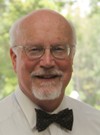
Mark E Smith
Bio chemistry
University of Texas Medical Branch, USA -
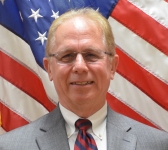
Lawrence A Presley
Department of Criminal Justice
Liberty University, USA -

Thomas W Miller
Department of Psychiatry
University of Kentucky, USA -
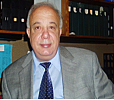
Gjumrakch Aliev
Department of Medicine
Gally International Biomedical Research & Consulting LLC, USA -
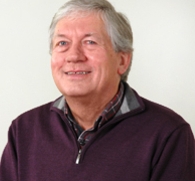
Christopher Bryant
Department of Urbanisation and Agricultural
Montreal university, USA -
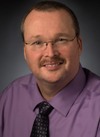
Robert William Frare
Oral & Maxillofacial Pathology
New York University, USA -
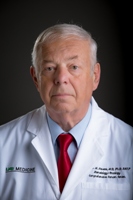
Rudolph Modesto Navari
Gastroenterology and Hepatology
University of Alabama, UK -
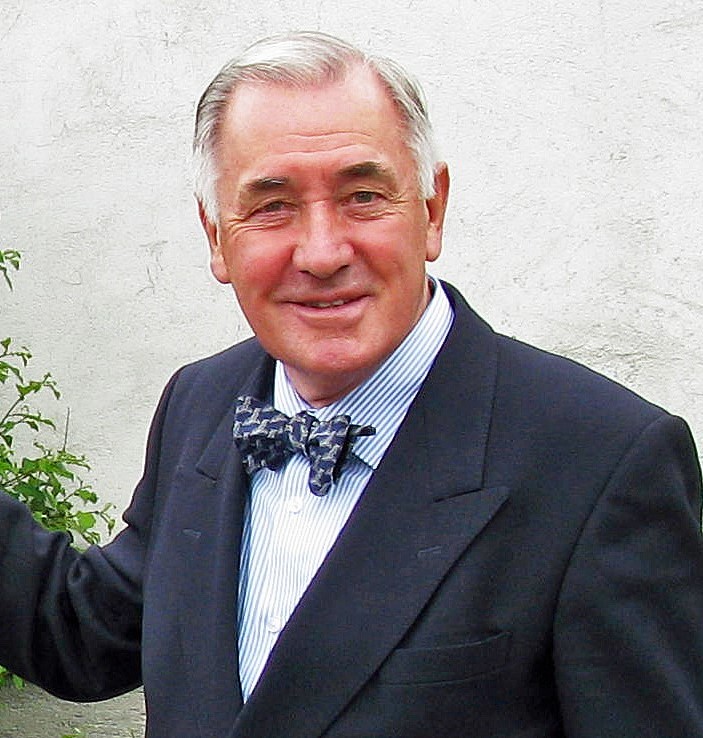
Andrew Hague
Department of Medicine
Universities of Bradford, UK -
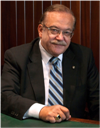
George Gregory Buttigieg
Maltese College of Obstetrics and Gynaecology, Europe -

Chen-Hsiung Yeh
Oncology
Circulogene Theranostics, England -
.png)
Emilio Bucio-Carrillo
Radiation Chemistry
National University of Mexico, USA -
.jpg)
Casey J Grenier
Analytical Chemistry
Wentworth Institute of Technology, USA -
Hany Atalah
Minimally Invasive Surgery
Mercer University school of Medicine, USA -

Abu-Hussein Muhamad
Pediatric Dentistry
University of Athens , Greece

The annual scholar awards from Lupine Publishers honor a selected number Read More...





